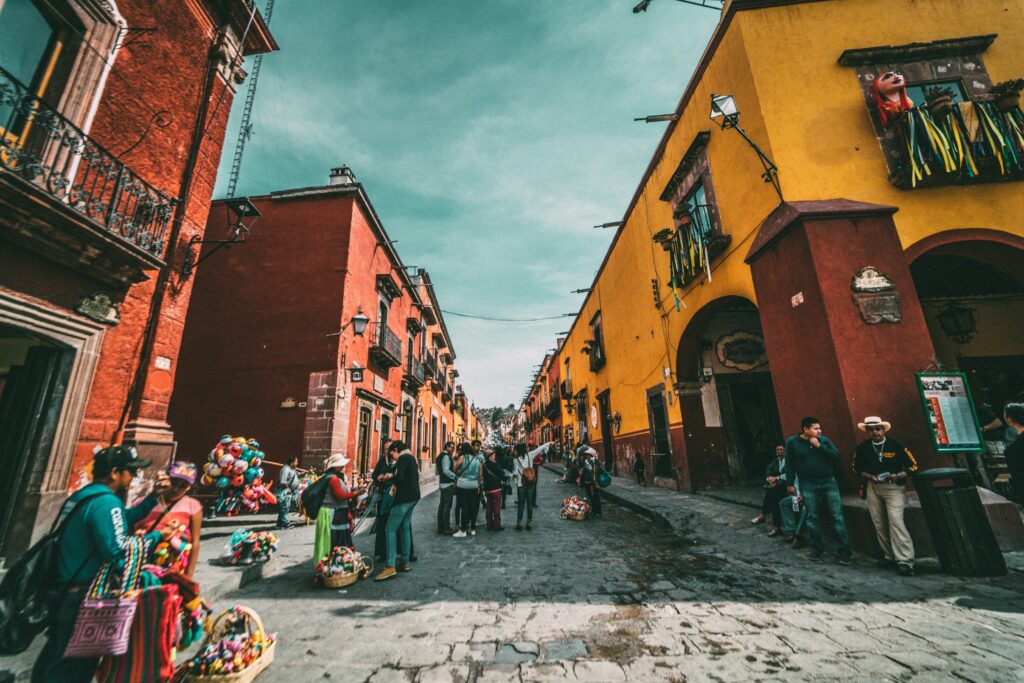Urban growth and landslide risk in Tijuana, Mexico
The rapid and disorderly urban growth of many cities in the world has negatively transformed the physical environment, urbanizing areas of irregular topography where natural conditions are not appropriate for the construction of structures and infrastructures because the terrain is very susceptible to instability. These transformations favor the occurrence of landslides while generating very complex scenarios for the analysis and evaluation of the risk produced by these phenomena.
Unfortunately, during planning, development, and management of urban environments, only socio-economic parameters are usually taken into account and, as a consequence, in vulnerable places such as hillsides with steep slopes and/or degraded soils, movements in landmasses often occur, causing significant damage to exposed communities, disrupt the social and economic network, and cause loss of human life and property (Bathrellos et al. 2012).
The city of Tijuana, located in the extreme northwestern part of the Mexican Republic and the main border crossing to the state of California (USA), has experienced an accelerated and chaotic urban expansion in the last four decades, with territorial growth rates of up to 3.5 hectares/day and population growth rates of more than 6% per year. The subsoil where the Tijuana metropolitan area sits has complex geological, geomorphological, and hydrological characteristics and is subject to permanent seismic activity.
These factors, as well as the combined forces of urbanization and rapidly expanding industry, have not been adequately controlled and, in many cases, not considered during urban growth. As a consequence, more than 30% of the population (more than 600,000 people) reside and/or work in areas of hillsides with steep slopes and in poorly resistant and potentially unstable terrain (Oliva et al. 2012, Oliva et al. 2019).
Also Read: Urban Green Growth and Importance to Cities in Asia
